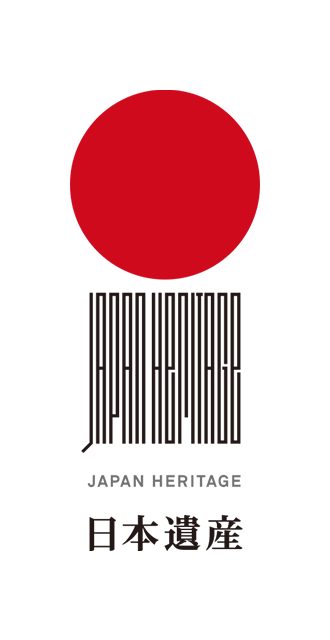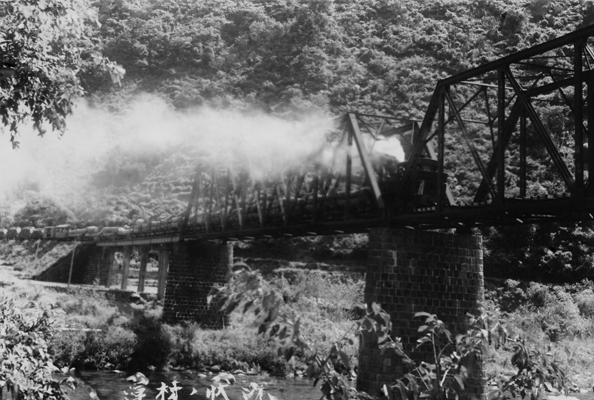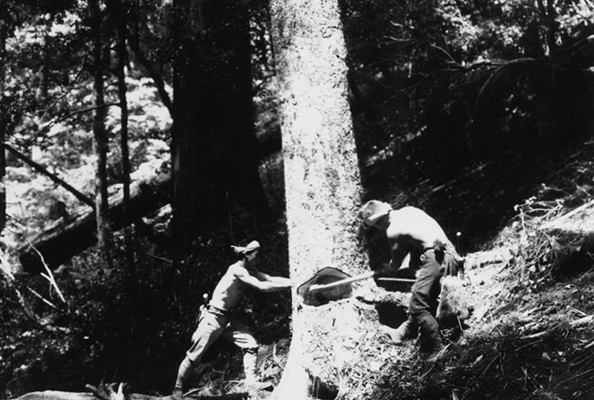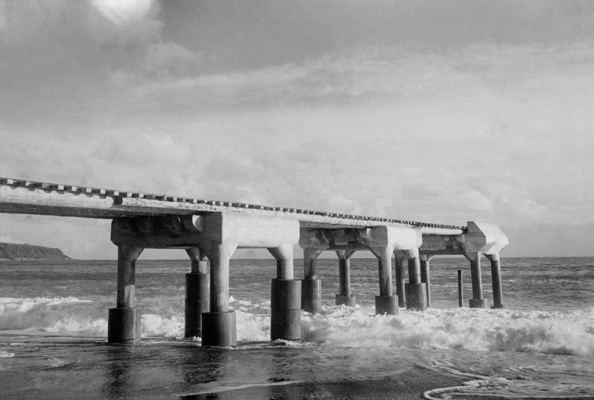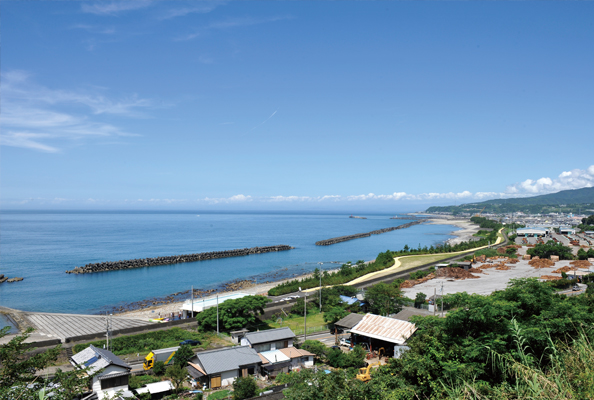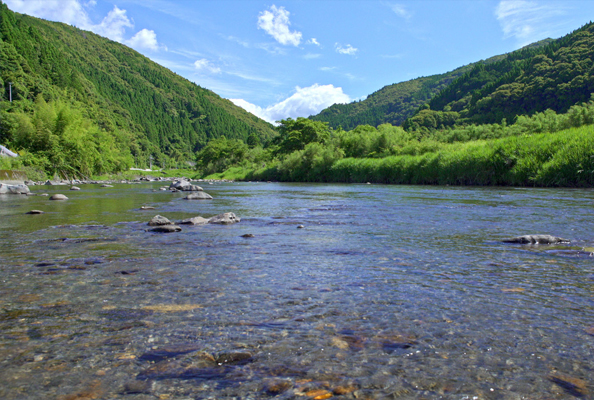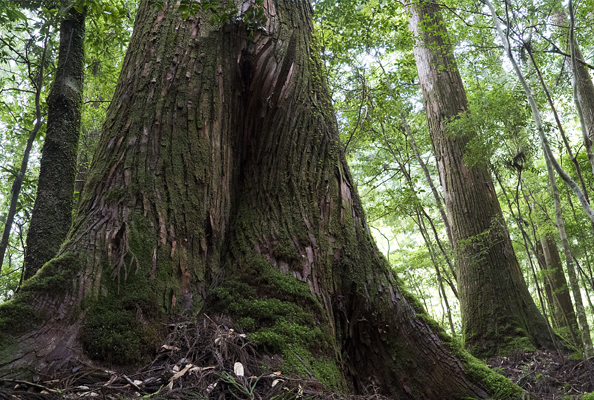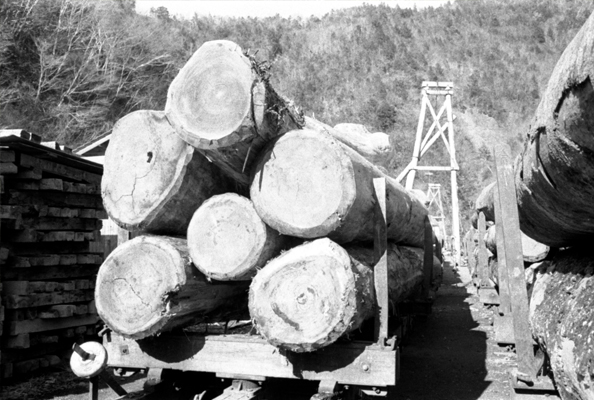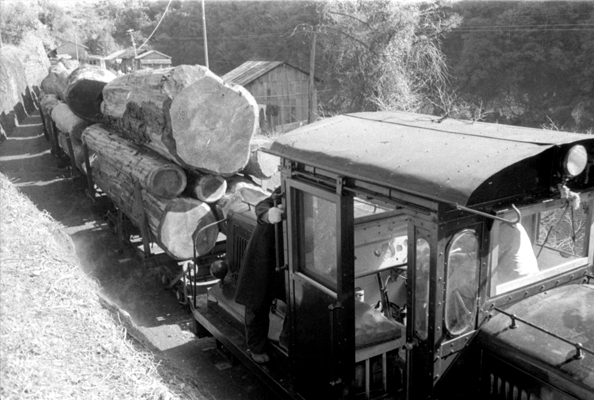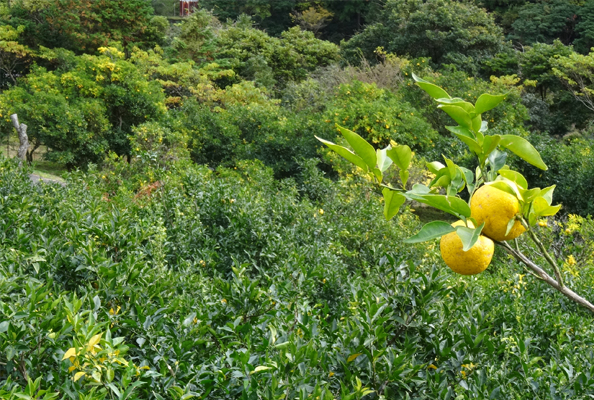About the Yuzu and Forest Railway Japan Heritage
Special Features of the Chugei Region
History
Ki no Tsurayuki, during his return to Kyoto after serving his duty as the provincial governor of Tosa, wrote in the Tosa Diary, "My regards may cross the ocean, but without words or writing, these thoughts stay only within myself." He described the region as an ideal place for sea transportation. In old times, it was the gateway into Tosa (Kochi) from Edo (Tokyo) and Kyoto and was a junction where people, goods, and resources came together via sea and land.
Merchants brought lumber to the port where it was shipped to Osaka and Edo by sea. This created a lively culture of merchants, including the Oka family, one of the top five wealthiest families of Tano. They were powerful rice merchants and purveyors to the government, and their glory still lives on in the historical Oka Goten Palace. The bustling town full of culture had streets lined with restaurants. When the red of the setting sun fell upon the Tosa plaster and stone walls, the people would have a feast with sake and impressive platters of raw and seared bonito called sawachi. This feast, or okyaku, would be enjoyed every night.
There was a famous sign that read, "Any danger met on this railway is at the risk of the rider." Putting their lives at risk, many lumberers traveled down to the town to take part in this boisterous culture where they would drink and bond with the local villagers.
Nature
The Chugei Region is located about 50 kilometers east of Kochi City along the Tosa Bay road. From the peak of Mt. Jinkichigamori, known for its legend of defeated Heike soldiers, see a stunning view of Tosa Bay and a 30-kilometer stretch of forests, rivers, and ocean.
In the vast, primitive forests of mountains such as Senbonyama, some of the few natural Japanese cedar trees of Shikoku can still be found in what is one of Japan's rainiest regions, reaching an annual average rainfall average of over 4,000 mm (157 inches). The pristine Yasuda River, a habitat for many wild birds and fish, flows nearby.
Many fishermen come to this area from June to August in search of the renowned, award-winning natural sweetfish. Stay at a campsite in the Chugei Region and enjoy the nature offered by this Japan Heritage.
Industry
The lumber industry once flourished in the Chugei Region where the calls of woodcutters would echo through the forests. Forestry started as early as Kobo Daishi's time when lumber was produced and shipped throughout Japan by sea. Toyotomi Hideyoshi used Yanase cedar to build the Great Buddha Hall of Bukko-ji Temple. Back then, woodcutters would cut enormous trees of over 300 years old on the steep terrain using only hand axes. They would chant "ei-ya, ei-ya" as they worked, which is said to have echoed into the valley loud enough to shake the world. The construction of train tracks began at the end of the Meiji period, and the Yanase Forest Railway (also known as Rintestu), which carried massive loads of lumber, became the symbol of the region's flourishing lumber industry.
In the 1960s, the lumber industry declined all around Japan, bringing a close to the Rintetsu railway. Many remnants which tell of the prosperous past can still be found in this area. The people of Chugei started yuzu cultivation to replace the bygone lumber industry. They diligently planted yuzu trees in the mountains and along the rivers where the Rintestsu train once carried lumber. Yuzu cultivation spread throughout the region, which has become Japan's leading producer of yuzu and also a global exporter. Through the efforts of the adaptive locals, the Chugei Region's industry successfully transformed from lumber to yuzu.
